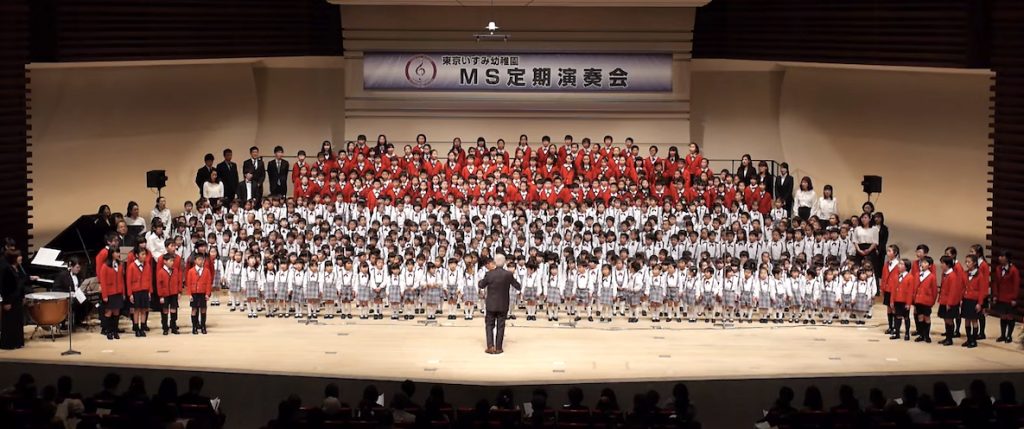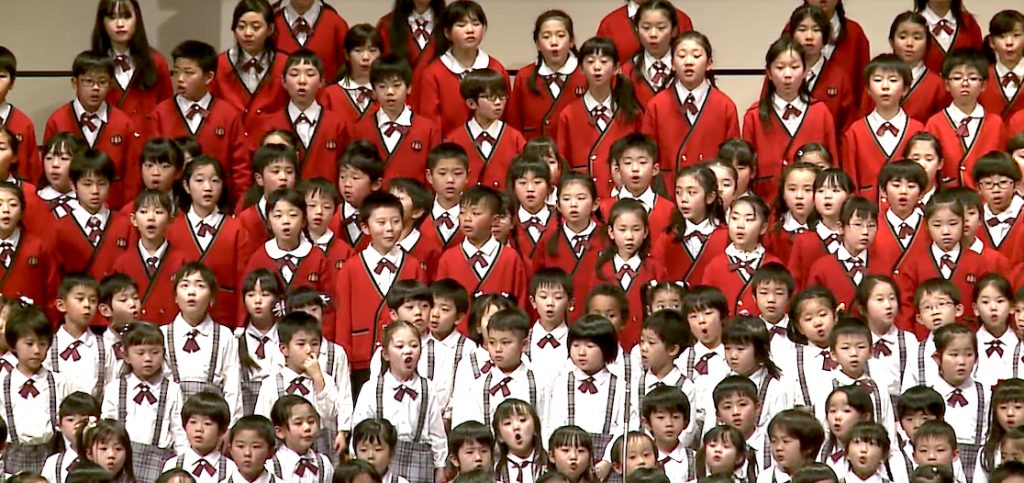As is common knowledge, hackers rule the digital realm. There’s no room to hide. These subversive geniuses can get into any system, any file, whether it’s protected by encryption, firewalls, or passwords which would stump most supercomputers.
I was doing an internet search and stumbled on an amazing hacker story.
It was a posting put up by a guy who claimed he hacked God’s personal diary.
No, I’m not making this up!
It appeared on the Dark Web, something I have heard about but certainly never have had an interest in exploring. Actually I was doing a Duck-Go-Go search for ‘dank web memes’, spell correct kicked in — which I didn’t notice — and I was suddenly looking at the strangest collection of links I’ve ever seen. The one that caught my eye was a post by ‘bacon heezy’. He showed a recently-penned entry — it couldn’t have been more than a couple days ago, though they use very different calendars “up there” — from GOD’S DIARY, posting it for bragging rights and, of course, for our edification.
So here we go …
A PAGE FROM GOD’S DIARY – Posted on Dark Web chat group “cosmic dildo farm”
Don’t those idiots down there read the Bible. Granted there were a few Earth millennia when I threw major hissy fits left and right. Telling people to kill their families, inciting wars, sending bears to mutilate children, turning people into pillars of salt, promoting genocide, killing Egyptian babies, killing people for complaining about my killing them — not exactly my best moments. Thank goodness the Heavenly dispensary finally got some mood elevators in stock.
Regardless. There’s a lot of good shit in the Bible, directly from Yours Truly, since I can claim credit. Love thy neighbor. Forgive your enemies. Turn the other cheek — actually I’m having serious doubts about that one these days. And then there was the greatest piece of street theater in the whole of human history, beginning with the bit about me getting Mary knocked up — without a peep of protest from good old stoic Joseph (I really like that dude). After the “virgin birth”, carpenter’s son grows up to be the best con artist ever, leads flocks of toadies and groupies from one end of the desert to another. And then the big finale: you gotta admit, the whole crucifixion thing was pure genius. I challenge the best playwrights and Hollywood script writers to top THAT SADISTIC MESS!
Okay, I’m rambling. But I’m God. So I’ll do whatever I want.
At the same time, there is a point to this, prompted by my sheer disgust with how this human genome experiment has turned out. It seemed like a pretty decent idea at the outset. But once Adam and Eve got wind of free will and ironically decided their private parts were something to be ashamed of, things started to go south. I mean it’s taken a while to get to the crisis stage I’m seeing now. Now apparently these dumb fucks down on Earth are bent on destroying themselves! What kind of exercise of free will is that? They’ve got the biggest, baddest brains on terra firma, in the clear blue sky, and in the oceans, and all they can do is poison the planet, junk up the landscape, bicker like school children, turn forests into deserts, melt the ice caps, kill practically everything that walks on four legs or has gills, rape, pillage, plunder, and invent more lethal weapons to kill one another. What percentage of their brain power drives this hopeless scenario? A cockroach could see this won’t end well — my money is on the cockroaches who will survive the gore fest, feisty little buggers that they are.
I may be God, and true, I could intervene and shut all the bad shit down with a blink of my Omniscient Eye. But what would be the point? Too many humans have become drama queens, sociopaths, crooks, liars, psychopaths, selfish dickheads, drunks, drug addicts, sex addicts, or almost as bad, terminally lazy go-along-to-get-along pussies. They shouldn’t be called homo sapiens. They should be called homo patheticus!
Humble Guy that I am, I’ll admit I called this whole human thing wrong. And by the way, being God I can be wrong without being wrong. Because I’m right about being wrong.
Anyway, I thought that their amazing art, music, poetry, literature, their altruism, good faith, basic decency, and love of Me would triumph. But evil seems to have won the day. And I don’t mean your average garden variety evil. I mean EVIL EVIL! Apocalyptic, epic, hyper-extreme evil!
But listen haters, don’t go pointing fingers. I did my job. Then I just set it loose. It was supposed to improve, build on my Heavenly created-in-the-image-of-you-guessed-it . . . ME! But somehow a screwdriver got inserted in the spokes. And now look at how it’s turning out. It’s a horror show!
Okay, I’m tuckered out. Time for some Godly shut eye. I’ll just say, I wish these dopes on Earth knew how pissed I am at what’s going on down there. REALLY PISSED! I’m so angry I almost feel like resorting to being the vengeful asshole I too often was in the Old Testament, and visiting the entire planet with the wrath only I’m capable of. A big wake-up call. The Seven Plagues would by comparison look like a Disney E-ride. Yeah, this calls for a good dose of humility. “Listen, you fuck ups! You are nothing compared to the Major Domo who created you. You are like lumps of string cheese melting in the sun. Don’t mess with Me. And Goddammit, change course — change everything you’re doing — start getting it right, or IT’S GAME OVER. I’m not blowing smoke here! And the joke is on you, because you’ll destroy yourselves!” How Shakespearian.
Alright, sometimes the Creator of Everything That Was, Is, and Will Be, needs to get a few things off His chest. But now it’s time to dream of angels, rainbows, lollipops, and My “son’s” night with Mary Magdalene. Now she’s a keeper!

























Life In Japan: Shitake Barbecue Restaurant
First some background. Until I arrived in Japan, I never heard of barbecuing anything other than meat — hot dogs, hamburgers, ribs, steak, drumsticks, in other words, beef, pork, chicken. If it didn’t at some earlier stage bleed, run around or graze, cluck, squeal, or moo, then it didn’t qualify. I never even saw anyone barbecue fish, though that would have been marginally acceptable. Fish can stare back at you.
Then in 2008, I was invited to a birthday party here in Japan. Lordy lordy, I couldn’t believe my eyes! The master chef manning the grill was throwing all sorts of peculiar food items onto the grating: bell peppers, mushrooms, slices of squash, onions, garlic cloves, corn. I looked around. No seeing eye dog. So it must have been intentional.
Sure enough, I discovered that this is standard operating procedure in Japan. Of course, there is the usual assortment of flesh-based fare as well. But I have to say, barbecued veggies and the like are very delicious, and moreover, a nutritious adjunct to the typical meat-eating orgy.
Now, on with today’s tale.
My wife, one of her twin daughters, and I had an interesting experience recently. We went to a shitake barbecue restaurant, specializing — you guessed it — in shitake mushrooms! What made it so interesting is that we gathered our own shitake to grill. They grow it on the premises and when you enter, they give you a little green basket and off you go, personally selecting the feature food item for today’s barbecue feast.
While the restaurant has indoor seating in the event of inclement weather, eating outside in good company is the best way to enjoy the experience.
One thing occurred to me as I was writing this. I wonder if there would be more vegetarians in the world if we had to choose our meat the way we did with the shitake.
“Oh, wow! Let’s eat that cow! The one over there by the fence.”
“Yes, that baby calf looks real young and tender.”
“Mommy, mommy! Can we eat that chicken?”
Just saying.